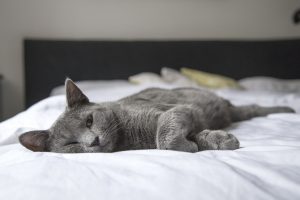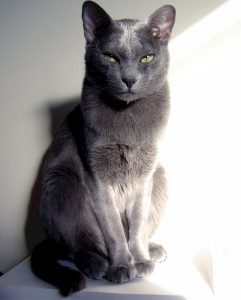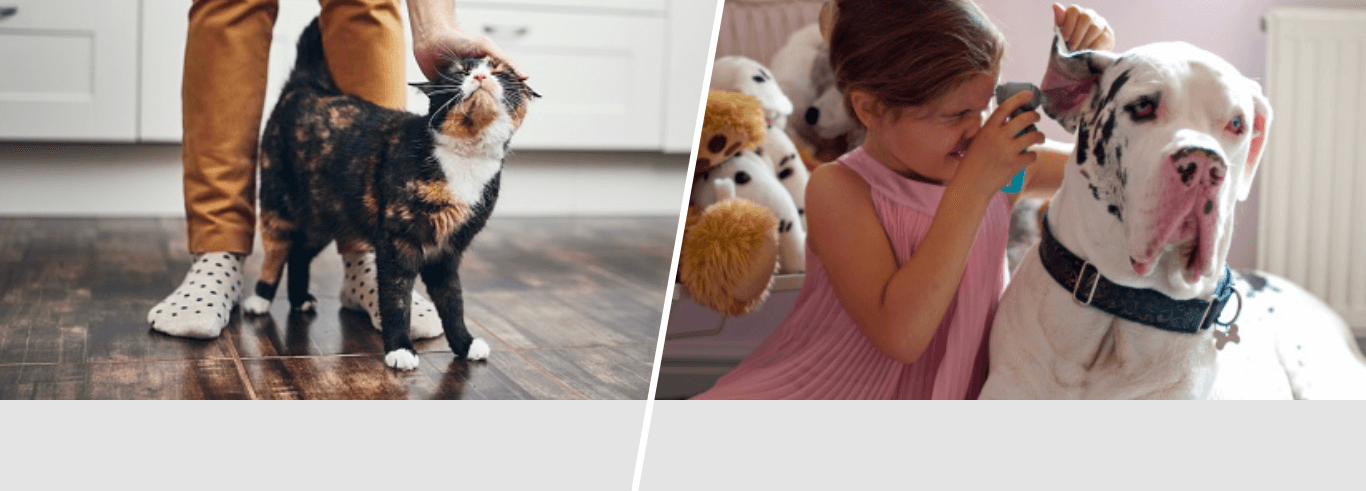Breed review: Korat Cat
Korat cats and kittens are one of the most established and purest breeds. Originating in Thailand, Korat cats share some similarities with Siamese cats, but they are rarer and, therefore, more highly prized. The name comes from Korat – the north eastern province of Thailand.
Regarded as an ancient and natural breed, breeders maintain standards with a strict policy of no out-crossing.
Korat breed history
The origin of the Korat breed comes from Thailand, where it is known as the Si-Sawat – meaning “colour of the sawat seed”. The Korat is thought to bring good luck, and traditionally, is given to newlyweds.
It is thought Korats were brought to Britain in the late 1800s under the name ‘Blue Siamese’ but quickly disappeared having not conformed to show judges’ perceptions of a Siamese cat. According to the Korat & Thai Cat Association, the breed was reintroduced in the UK in 1972, with championship status from the Governing Council of the Cat Fancy coming 10 years later.
The Korat & Thai Cat Association says: “The Korat of today is just like its ancestors in ancient Thailand, in fact the breed is one of the least altered by modern breeding”.
Korat cat size and appearance
Adult Korat cats are renowned for their beauty, particularly their large, bright green eyes set in a heart-shaped face. The solid, even blue coat has a hint of silver, giving the fur a luxurious sheen. In rare cases, the coat features faint white or grey markings, which can grow as the cat gets older. These are seen as flaws and are not permissible in show cats.
However, Korat kittens can be less attractive. They are slow to mature and go through an ‘ugly duckling’ phase of having a dark, fluffy coat and amber eyes. It takes three to four years for Korat cats to fully mature. Fully grown Korats are small to medium sized but have a solid and muscular build and are deceptively heavy – usually about 6lb to 10lb.
Korat cat temperament
They might look like perfect decorative pets, but Korat cats are highly sociable and need a lot of interaction.
Korats are intelligent, lively and playful, and demand a lot of attention from owners. They especially enjoy playing games such as fetch and will show problem solving skills if set a challenge. Perhaps not as vocal as Siamese cats, but they will let you know when they want something. However, the breed isn’t overly hyper and will happily sit and be fussed on your lap, they’re also good with other animals and children, making them excellent family pets.
Taking care of Korat cats
A Korat cat has relatively short fur, therefore they can be fairly-low maintenance, simply brush through their hair once or twice a week, unless they are shedding their winter coat, when daily brushing may be needed.
Throughout the rest of the year, Korats shed minimal amounts, making them good pets for people with allergies.
Korat cat health problems
Its pure pedigree and long history have helped the Korat become a hardy breed, with few health problems.
One genetic disease known to affect Korat cats is Gangliosidosis, also known as lysosomal storage disease. The problem affects the nervous system and can affect how the cat walks and sometimes results in involuntary sideways movement of the eyes. Cats with the disease typically do not live beyond their first birthday.
A test was developed to identify carriers and the disease is thought to have been eradicated in Korats. Check the test has been carried out before you adopt a Korat.
The life expectancy of Korats is about 15 years but some have been known to live into their early 20s
Recently added a Korat cat to the family? It’s important to protect yourself from unexpected vet bills with Argos Pet Insurance provided by Pinnacle Insurance plc. Explore our Korat cat insurance policies today.
 Sorry, our lines are now closed
Sorry, our lines are now closed





